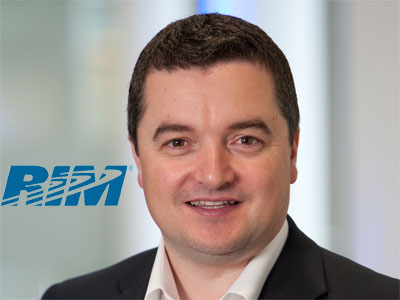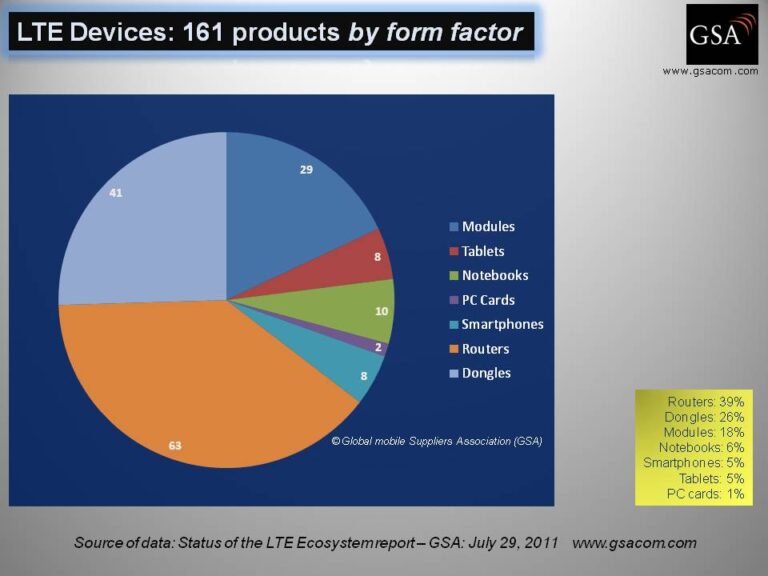We’ve been asked, “Can you just make the Blackberry sexier and more elegant?”
If RIM is to make a success of BlackBerry OS7 (BB7), and see the rejigged OS give device sales a sustained lift, then operator support will be crucial. It’s notable, for example, that RIM made a point of mentioning, at today’s launch, the 225 carrier (and retail) contracts it says it has already for BB7 devices.
Conversely, operators need a strong selection of contenders in the smartphone market. They love selling iPhones, to be sure, but they need the variety that other platforms can bring them.
So how much of the current batch of phone releases has been driven by operators? And does RIM want to be seen as “alongside”, rather than “over the top”, provider of communications services to users?
Keith Dyer spoke to Stephen Bates, RIM’s UK Managing Director, to ask him about the operator angle on BB7, and the new devices
How much were the operators involved in the design and development of BB7 and these devices?
The operators are a critical part of our ecosystem. We’ve been very public about the fact that we like having strong, interactive relationships with our carrier partners and they form an integral part of the feedback that we get on usability of devices and what customers want.
Their input around all the hardware and OS7 has been vital in three big areas.
The first is iconic design: smartphones have evolved form being a utility to something close to a fashion accessory. We’ve been asked, “Can you just make the Blackberry sexier and more elegant?” The physicality of it is really important, the weight of it, the touch of it, the type of materials – you put it in your hand and it feels great.
The second piece is “How do you make the internet just a better experience?” We’ve been involved in developing the browsing experience since OS5 and 6, and we’ve stepped that up again in OS7 really to give the best browsing experience possible. So it’s about having a faster browser, html5, web tagging, great javascript performance, the things that are really essential to make sure that that browsing experience is met.
The third thing is that as the world evolves from featurephone to smartphones, simplicity and useability is the key. The whole concept of Liquid Graphics is how to make it feel and work in a simple and more elegant way, so that using it becomes a pleasure. Take technology and turn it into something a user can really enjoy.
Those are the main examples of how carrier feedback helped us shape those range of produce
And do you think they had in mind specific customer sectors with the phones?
One of the things we’re keen on is having a range of products, and the advantage of our platform is that it allows us to deliver things in a way so that things work irrespective of the device. The carriers are keen on a range products across, different form factors and price points, and we deliver the best possible range of products to meet those needs.
As the global smartphone market goes beyond 50% of the new devices sold, it’s a big market and not everybody wants the same thing – so for us it’s about how we get the form factor that matters This is one of the reasons we’ve come back into Touch. So this concept’s of hybrid [touch + QWERTY hard keyboard] is great but there is a pure touch market that we’ve not been active in for some time. And really if you go back to the basic principles of browsing, form factor and UI then this is a big chance for us to bring those things together in pure touch [format].
So what’s going to be the thing when a customer walks into a shop, he’s got iPhone in his head, he sees a wall of HTCs…what’s going to be the thing that makes the guy in the shop think “You know what I can sell this guy in to Blackberry?”
I do spend a lot of time going around shops and I’m always blown away by the level of knowledge that they have. And that’s why we’re very keen on working with the carriers because we can ensure that carriers understand the value we bring. What we’re focused on is delivering the best communications and social networking experience in an integrated package that’s real-time effective with secure performance. And OS7 really brings that to life.
Do you work with operators on the apps side [one of the key messages around OS7 was the delivery of enhanced APIs for developers, such as BBM integrated within apps]
So the big activity we’ve got at the moment is carrier billing. Our approach to it is we’ve now built up a substantial app store – a billion total downloads and 3 million downloads a day. So now we want to make that integrated user experience better, and one way of doing that is carrier billing – so a carrier can provide a more seamless billing exp, with a much more interactive ability to bring apps into that store and promote them or give special incentives, because they’ve got a much better billing relationship than just credit cars.
The early results we’ve seen is that there has been a trebling of downloads and x4-5 of revenue generated – so that’s how we’re helping the carriers
Is there a sense with operators that their own app store strategies may or may not work – but they can get closer to one or two of the existing platforms?
We think WAC’s interesting – we’re trying to bring some level of integration to the carrier to give them some level of interaction and a bit more involvement in [the apps space]. We watch WAC with interest but this is an evolving, moving feast and I don’t think anyone knows what the answer is. The fundamental point remains that carrier relationships are very important for us, and we are looking at doing innovative services and capabilities with them to create value for both them and us moving forward.
What operator releases can you announce, in general terms?
There’s 225 global carrier and retailer partners at launch, and we are going through carrier approvals and are nearly finished in all the major markets. So we’re very close, and are hoping to get into the channel and expecting to see the first OS7 devices in key markets before the end the month.
I think from today you’ll see an influx of announcements, and pre-orders. It’s fair to say that virtually all carriers in the UK [will launch].
The devices also include NFC technology, what value do you think will accrue to RIM from incorporating NFC?
I see this as the start of a whole new industry. We think now it’s becoming more mature, and that enables us to start executing some of the viabilities on the device. It requires an ecosystem of carrier partners, banks, retailers and content providers. Where we are at the moment is that everyone talking to everyone, finding a way of shaping this market, that enables us all to take advantage and have a part in the value chain.
So what do you see as RIM’s value from NFC?
If you look at the corollary of the internet – we in the UK are big users of internet shopping so the next progression is mobile and really we think that linking the payments part of that is the catalyst to driving buying things through mobile device [Lots more stuff about how the industry can put mobile transactions together]
(Persisting) So what’s the payback for you as a handset manufacturer, because one of the hold ups has been the handset manufacturers not seeing the ROI for them in adding to their BOM by including NFC?
When consumers start paying for things they are going to start asking “Is that secure”, so we think we are coming from a heritage of security and reliability, coming with a set of assets that play nicely, in terms of the data protection and controls we have. So we as a manufacturer believe in adding more value to that transaction by giving comfort to consumers.
(Finally) So your payback is consumers buying more Blackberry phones?
That’s what we want. We think we can do it better than others and that’s what we’ll be working on as this market evolves.




